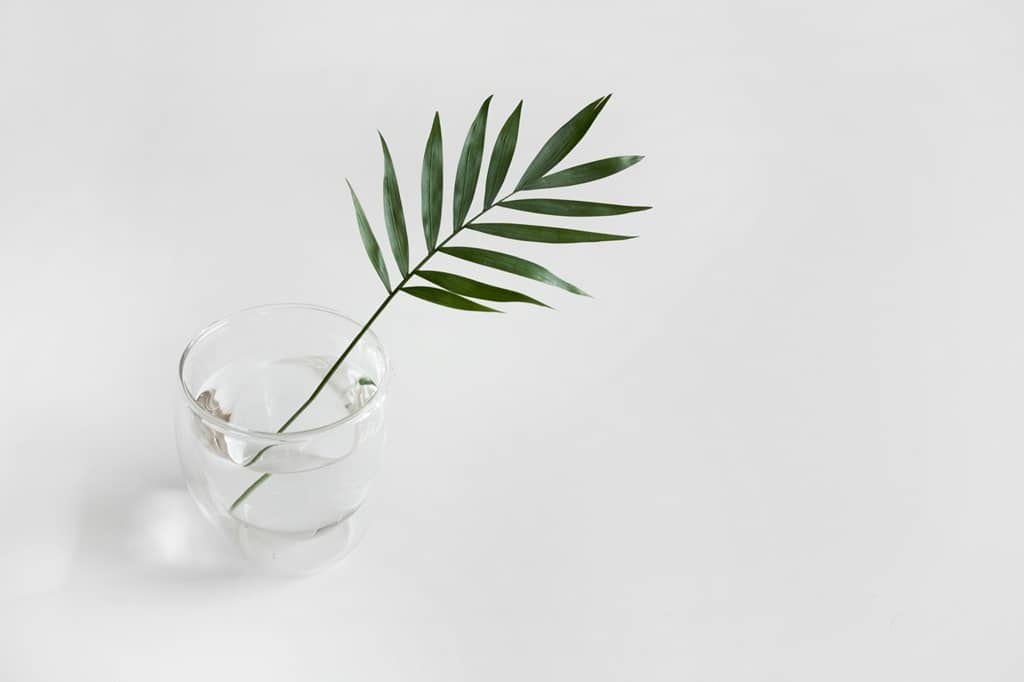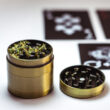
Cannabis, recognized globally for its versatile applications in medicinal and recreational sectors, possesses distinct leaf variations that serve different functions. The plant itself is classified into three primary types: Indica, Sativa, and Hybrid, each displaying unique leaf structures. The number of leaves a cannabis plant produces can vary based on its type, growth stage, environmental conditions, and genetic factors. This article aims to delve into the different types of cannabis leaves, explore their unique characteristics, and understand the factors influencing their growth.
Types of Cannabis Leaves
Indica Leaves
Indica strains are widely appreciated for their therapeutic qualities, typically promoting relaxation and stress relief. The leaves of Indica plants are notably broad and thick with a darker green hue, typically comprising seven to nine leaflets. These leaves are shorter in length but wider in width, which allows them to capture more sunlight in less optimal light conditions, a trait believed to be an adaptation to their original, mountainous growing environments.
Sativa Leaves
Sativa plants, on the other hand, are known for their uplifting and energizing effects, often preferred for daytime use. Sativa leaves are characteristically long, narrow, and lighter in color compared to Indicas. They can have as many as thirteen leaflets and are thinner, which is an adaptation to their natural hot, arid environments. The increased leaflet count and reduced width help reduce the plant’s exposure to sunlight, minimizing water loss.
Hybrid Leaves
Hybrid strains are a genetic cross between Indica and Sativa types, producing a mix of characteristics that can lean towards either parent or be a balance of both. Consequently, the leaves of hybrid plants can vary significantly, manifesting a combination of the features of their parent strains. Depending on their dominant genetics, hybrid leaves can display a wide range of shapes, sizes, and colors.
The Anatomy of Cannabis Leaves
Fan Leaves
The fan leaves of a cannabis plant are among the most recognizable symbols of cannabis. These large, protruding leaves play a pivotal role in photosynthesis, the process by which the plant converts light into the energy it requires to grow. Fan leaves vary in size and shape across different cannabis strains but are crucial for the plant’s growth and health regardless of the type.
Sugar Leaves
Smaller and less noticeable than fan leaves, sugar leaves grow close to the cannabis buds and are typically covered in a sugary coating of trichomes. These trichomes contain cannabinoids like THC and CBD, as well as terpenes, which are responsible for the plant’s potency and aroma. Sugar leaves are often used in the production of cannabis concentrates and extracts due to their high trichome content.
Growth Stages and Leaf Development
Seedling Stage
Cannabis begins its life cycle as a seedling with just a pair of leaves known as cotyledons. These initial leaves, which do not resemble the traditional cannabis leaf shape, are crucial for the young plant’s early photosynthesis and development.
Vegetative Stage
As the plant matures into the vegetative stage, true cannabis leaves begin to form, showcasing their iconic serrated edges. During this stage, the plant experiences the most significant leaf growth, as it develops the foliage necessary to support its future bud production. Proper light, nutrients, and water are crucial during this phase to ensure healthy leaf development.
Flowering Stage
The flowering stage marks a shift in the plant’s energy use from leaf production to bud development. During this stage, leaf growth slows down, and the plant’s focus turns towards producing flowers. Environmental factors such as light exposure play a critical role in signaling the plant to enter this stage.
Factors Influencing Leaf Growth
Several factors impact the growth and health of cannabis leaves, including genetics, light exposure, nutrition, water, and environmental stresses. Each of these elements can dramatically influence the number and quality of leaves the plant is able to produce.
Common Issues with Cannabis Leaves
Cannabis plants can encounter various challenges such as nutrient deficiencies, pests, and diseases, which can all affect the development and health of the leaves. Common symptoms include discoloration, spotting, and deformities in leaf structure.
Harvesting and Uses of Leaves
While the primary focus of cannabis harvesting centers around the buds, the leaves also hold value, particularly the sugar leaves. These are often harvested for their trichomes to produce hash, edibles, and other concentrates. Fan leaves, though less potent, can also be used in making cannabis-infused products like cannabutter or topical applications.
Conclusion
Cannabis leaves, essential to the plant’s ability to thrive and produce, come in various forms and functions depending on the strain and environmental conditions. Understanding these can significantly benefit growers and enthusiasts alike, ensuring healthier plants and more effective use of every part of this versatile plant.












